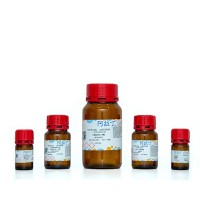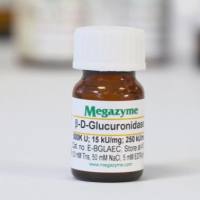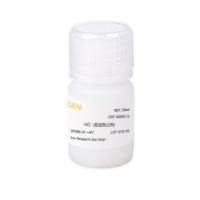Functional Assays for Complement Regulators
互联网
715
As described in Chapter 1, the complement system comprises a battery of at least 20 components capable of immediate response to a foreign organism or cell, resulting in lysis or opsonization and phagocytosis. Uncontroled complement activation would result in damage to host tissues, or in extreme cases, consumption and effective depletion of complement components. Intrinsic to the complement cascade are multiple strategies for control, such as the inherent lability of the activation enzymes, the C3 and C5 convertases, and shortlived active/binding sites, such as the binding site on C5b67 for membranes. In addition to this inherent instability, complement activation is tightly controled at multiple stages during the pathway by regulatory proteins, present both on cell membranes and in plasma (1 –4 ). The regulatory activities possessed by these proteins fall into four categories: (1) control of the active C1 complex; (2) “decay acceleration,” characterized by the ability of the regulator to “breakup” the components of the multimolecular convertase enzymes; (3) “cofactor activity,” enabling factor I to cleave and inactivate C3b or C4b; and finally, (4) inhibition of membrane attack complex (MAC) assembly. Some regulatory proteins have just one of these activities, others possess several.








